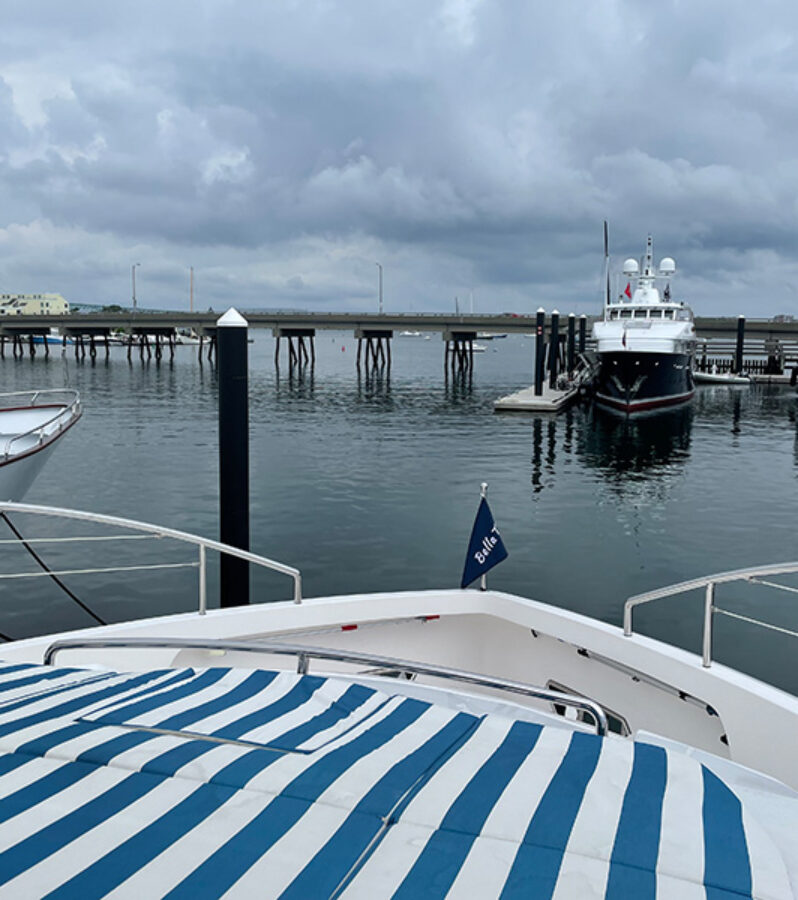-
Contact Number Menu Toggle
- Palm Beach +1 (561) 833 4462
- Monaco +377 99 90 74 63
- Seattle +1 (206) 209-1920
- Fort Lauderdale +1 (954) 703-5737
- Newport +1 (401) 239-2320
- San Diego +1 (619) 400-4982
- Geneva +41 22 518 0538
- Chesapeake +1 (757) 482-6630
- Email inquiries@WorthAvenueYachts.com
Home Superyacht news A Deep Dive into the History of the Intracoastal Waterway
A Deep Dive into the History of the Intracoastal Waterway
History of the Intercostal Waterway
The Intracoastal Waterway (ICW) is one of the United States’ greatest maritime achievements. Stretching over 3,000 miles from Massachusetts to Texas.
This inland waterway system connects rivers, bays, and man-made canals to create a protected passageway for recreational boaters, commercial vessels, and long-distance cruisers alike.
From its colonial roots to its role as a lifeline for modern marine travel, the history of the Intracoastal Waterway tells a story of vision, engineering, and perseverance.
The concept of a protected inland water route dates back to the early 18th century, when leaders like George Washington and Patrick Henry pushed for safer shipping lanes that avoided the perils of the open Atlantic.
One of the earliest components of the modern ICW was the Dismal Swamp Canal, which began construction in 1793 and was completed in 1805. Built mostly by enslaved laborers, this canal remains the oldest continuously operating artificial waterway in the U.S.
19th-Century Expansion and Federal Involvement
By the 1800s, coastal shipping was increasingly vulnerable—especially during the War of 1812—highlighting the need for secure inland navigation. In response, the General Survey Act of 1824 empowered the U.S. Army Corps of Engineers to chart and improve rivers and harbors.
Private ventures and regional authorities constructed various small canals across the East Coast, though inconsistent maintenance and shallow depths made many of these projects unsustainable. This inconsistency laid the groundwork for future federal standardization of inland water routes.
Formation of the National Waterway System
The early 20th century marked a turning point in the ICW’s history. With technological advances like the diesel engine and screw propeller, there was renewed interest in developing a reliable inland corridor.
Key federal legislation—the Rivers and Harbors Acts of 1909 and 1910—authorized improvements to waterways along both the Atlantic and Gulf coasts.
Under New Deal infrastructure programs, construction of key canal segments accelerated in the 1930s and early 1940s. One major milestone was the Grand Strand segment between Little River and Winyah Bay in South Carolina, completed between 1936–1940.
By 1942, the Atlantic Intracoastal Waterway was largely complete. The Gulf Intracoastal Waterway was finalized by 1949, connecting Florida’s west coast to Texas.
The Modern Intracoastal Waterway
Today, the Intracoastal Waterway is a vital marine highway, maintained primarily by the U.S. Army Corps of Engineers. It supports a wide variety of vessels—from tugboats and barges to sportfishers, trawlers, and luxury yachts.
While designed for a consistent depth of 12 feet, certain areas suffer from shoaling and deferred maintenance. Nonetheless, the ICW remains essential for:
- Commercial shipping
- Eco-tourism and coastal development
- Seasonal migration for boaters (often called “snowbirds”)
Modern NOAA nautical charts mark the ICW with the iconic magenta line, guiding mariners along the safest inland route through shifting sands and complex tides.
The Intracoastal Waterway and the Great Loop
The Intracoastal Waterway is a critical part of The Great Loop, a legendary 6,000-mile cruising route that circles the Eastern U.S. via the ICW, Great Lakes, inland rivers, and the Gulf of Mexico.
As proud Great Loop sponsors, we support boaters at every stage of their journey—from planning and provisioning to finding the perfect Loop-worthy yacht. For those navigating the Loop along the East Coast, our Chesapeake office serves as a prime stopover. Our experienced team is ready to assist Loopers with brokerage services, local insights, and mid-journey support.
Regional Highlights Along the ICW
Grand Strand, South Carolina
Constructed in the late 1930s, this stretch enhanced tourism and marine access for the Myrtle Beach region and now supports both leisure cruisers and commercial vessels.
Dismal Swamp Canal, North Carolina
A historic route still in use today, the Dismal Swamp Canal offers a quiet, scenic passage perfect for smaller vessels and lovers of American history.
Haulover Canal, Florida
Connecting Mosquito Lagoon and the Indian River, this 19th-century canal supports local boating, fishing, and ecological preservation along Florida’s Space Coast.
The Enduring Legacy of the ICW
The history of the Intracoastal Waterway is a testament to more than two centuries of innovation, adaptation, and infrastructure investment. What began as a fragmented system of local canals is now a continuous waterway that unites the East and Gulf Coasts of the United States.
It’s a route steeped in history, powered by commerce, and cherished by recreational boaters. Whether you’re navigating the magenta line, admiring the view from shore, or planning your next yacht charter adventure, the ICW remains an iconic symbol of America’s coastal heritage.
Ready to Explore the Intracoastal Waterway?
Whether you’re dreaming of cruising the Carolinas, exploring hidden Florida canals, or embarking on a luxury charter down the Gulf Coast, we’re here to help.
👉 Explore our yacht listings
📍 Visit our Chesapeake office
📩 Learn more about the Great Loop
Let’s plan your next great adventure—one nautical mile at a time.
Get in Touch
Have a question or need more information? Our team is here to help. Whether you’re interested in buying, selling, chartering, or just want to learn more about our services, we’d love to hear from you. Fill out the form below and a member of our team will get back to you shortly.

SILVER LINING

NICOLE EVELYN

NEVER ENOUGH

RISK AND REWARD

ANDREA VI

HARD TIMES

KOKO

CATCH THE WAVE

ISOBEL III

LAZZARA LSX 67

CAVALIER

ACCIAIO BLU

SOUTHERN OFFICE

PENROSE

OFF COURSE NAME RESERVED
Crafted to the highest standards, chosen for their legacy.
Explore Other Exceptional Yacht Builders
-
 Abeking & Rasmussen
Abeking & RasmussenAbeking & Rasmussen yacht builders, a renowned German shipyard established in 1907, specializes in crafting custom luxury yachts over 98 feet, blending traditional craftsmanship with innovative design
-
 Amels
AmelsAmels, a prestigious Dutch shipyard established in 1918 and now part of the Damen Group, is renowned for its custom and Limited Editions superyachts that blend timeless design, advanced technology, and eco-conscious innovation.
-
 Baglietto
BagliettoBaglietto, a historic Italian shipyard founded in 1854, is renowned for its custom-built aluminum and steel yachts ranging from 38 to 65 meters, blending traditional craftsmanship with cutting-edge innovation and sustainable design.
-
 Benetti
BenettiBenetti, a historic Italian shipyard founded in 1873 and now part of the Azimut-Benetti Group, is renowned for its custom and semi-custom steel-and-aluminum yachts ranging from 93 to over 213 feet, blending timeless elegance with innovative design and eco-conscious technology.
-
 Burger
BurgerBurger Boat Company, established in 1863 in Manitowoc, Wisconsin, is one of America's oldest and most esteemed custom yacht builders, renowned for crafting bespoke aluminum and steel yachts up to 200 feet that seamlessly blend traditional craftsmanship with modern innovation.
-
 Feadship
FeadshipFeadship, a prestigious Dutch shipbuilding consortium established in 1949, is renowned for crafting fully custom superyachts that epitomize innovation, craftsmanship, and timeless design.
-
 Fincantieri Yachts
Fincantieri YachtsFincantieri Yachts, established in 2005 as a division of Italy's renowned shipbuilding group Fincantieri, specializes in crafting fully custom mega yachts over 70 meters, blending advanced naval engineering with Italian design excellence.
-
 Royal Hakvoort
Royal HakvoortRoyal Hakvoort Shipyard, a family-owned Dutch builder since 1919, specializes in crafting bespoke steel and aluminum superyachts up to 65 meters, blending traditional craftsmanship with modern innovation.
-
 Hessen
HessenHeesen Yachts, founded in 1978, is a Dutch shipyard acclaimed for building high-performance custom superyachts in aluminum and steel up to 80 meters.
-
 Lurssen
LurssenLürssen, a German shipyard founded in 1875, is renowned for building some of the world's largest and most luxurious custom superyachts, including the 180.65-meter Azzam and the 156-meter Dilbar, blending advanced naval engineering with bespoke design.
-
 Mulder
MulderMulder Shipyard, a Dutch family-owned builder established in 1938, specializes in crafting semi-custom aluminum motor yachts up to 50 meters, blending traditional craftsmanship with modern innovation.
-
 Nobiskrug
NobiskrugNobiskrug, a German shipyard founded in 1905, is renowned for crafting iconic custom superyachts like Sailing Yacht A and Artefact, blending advanced engineering with innovative design.
-
 Nordhavn
NordhavnNordhavn Yachts, established by Pacific Asian Enterprises in 1978, is renowned for building robust, long-range trawler-style motor yachts ranging from 40 to 120 feet, designed for global circumnavigation and ocean-crossing adventures.
-
 Ocean Alexander
Ocean AlexanderOcean Alexander, founded in 1977 in Taiwan, is a premier yacht builder known for its semi-custom luxury yachts ranging from 45 to 155 feet, blending advanced engineering with elegant design and craftsmanship.
-
 Rossinavi
RossinaviRossinavi, an Italian shipyard founded in 1980 in Viareggio, specializes in fully custom steel and aluminum superyachts ranging from 30 to 70 meters, blending Italian craftsmanship with cutting-edge design and eco-conscious innovation.
-
 Sanlorenzo
SanlorenzoSanlorenzo, founded in 1958 in Italy, is a premier yacht builder renowned for its bespoke luxury yachts and superyachts ranging from 24 to 70 meters, blending Italian craftsmanship with innovative design and advanced technology.
-
 Westport
WestportWestport Yachts, established in 1964 in Washington State, is a leading American shipyard renowned for its high-quality composite motor yachts ranging from 34 to 52 meters, blending advanced engineering with timeless design.
Worth Avenue Yachts Social media
LET'S CONNECT
Stay inspired and up-to-date with the latest in luxury yachting by following Worth Avenue Yachts on social media. From stunning yacht showcases and exclusive events to insider tips and industry news, our platforms bring the world of yachting directly to you. Join the conversation and connect with our community of yachting enthusiasts today!
LET US TAKE YOU THERE...

